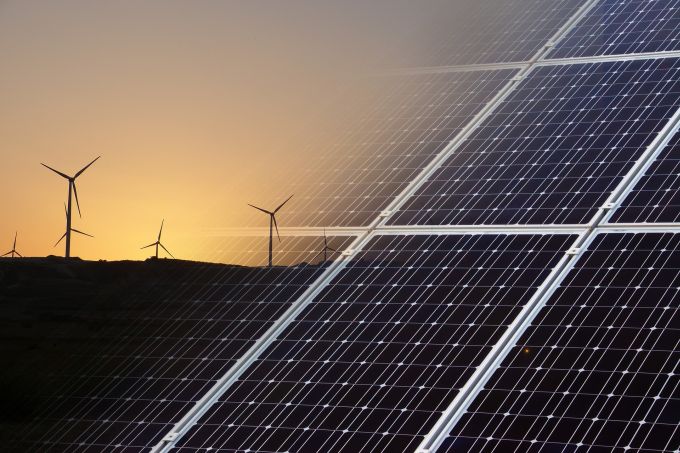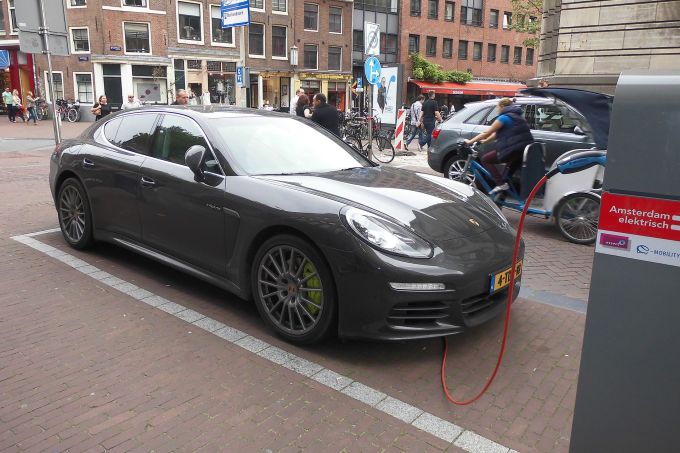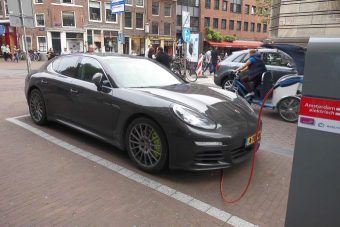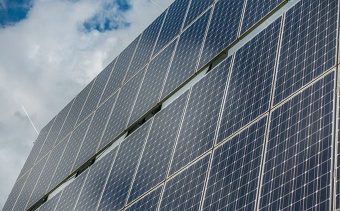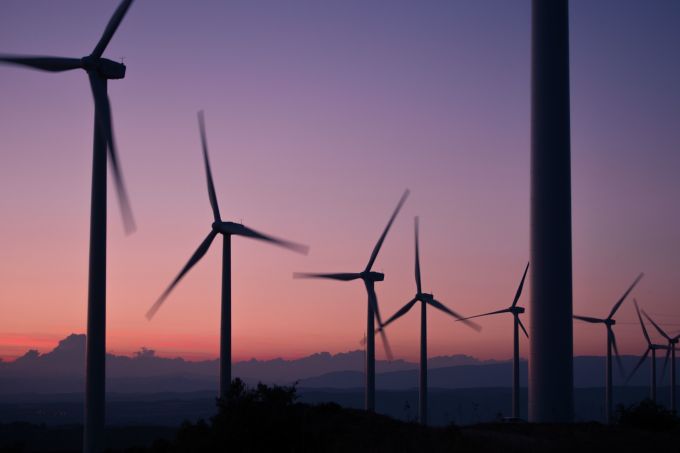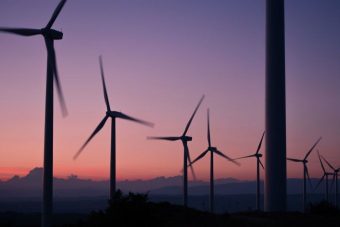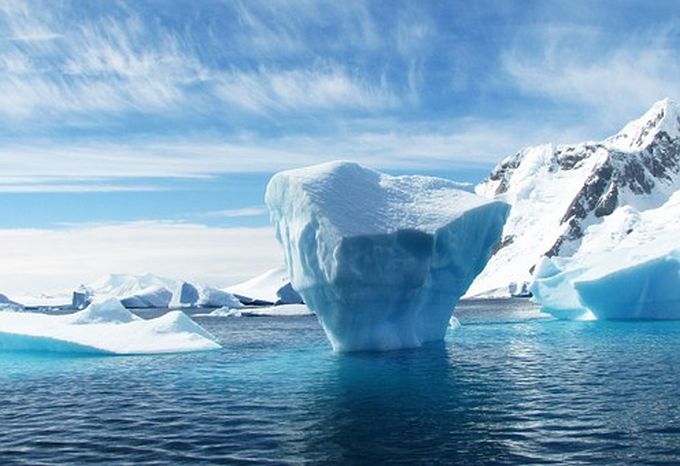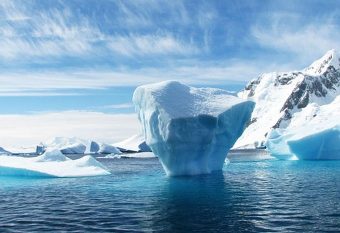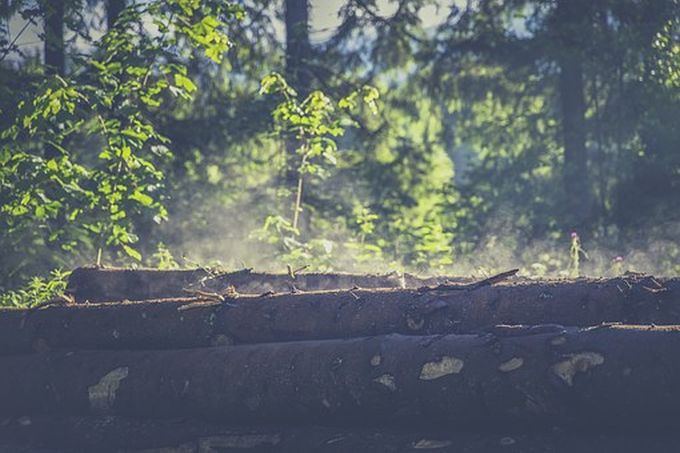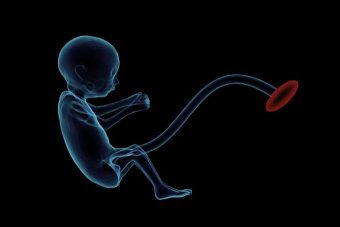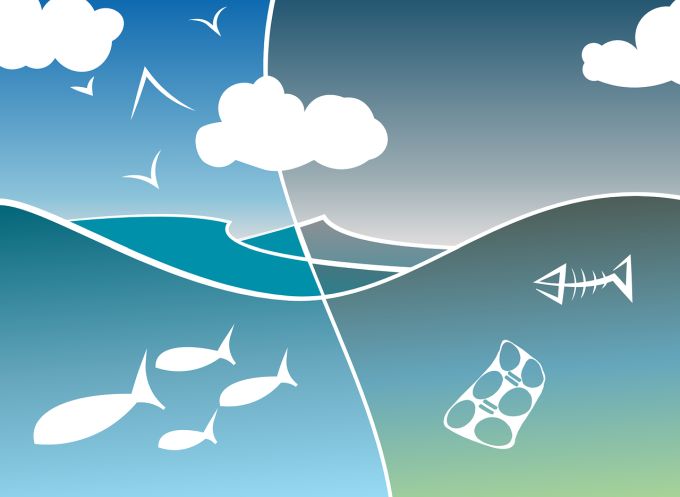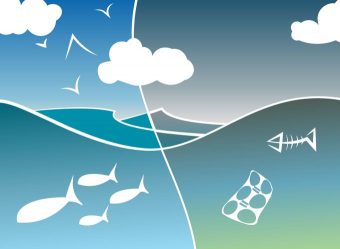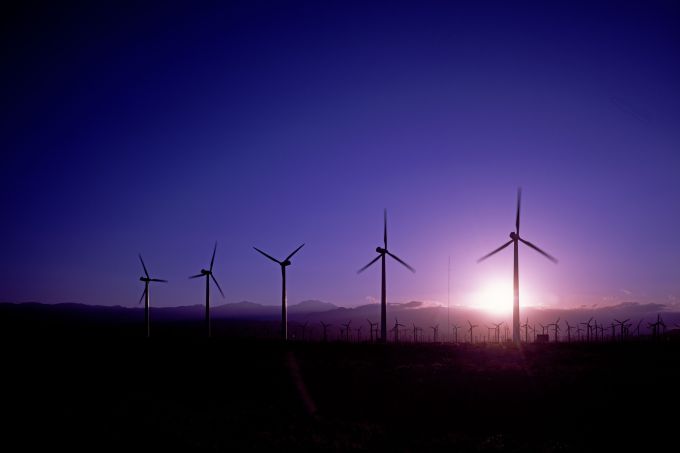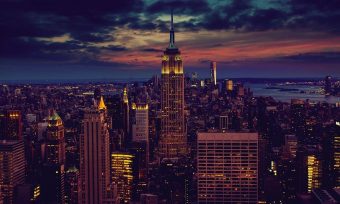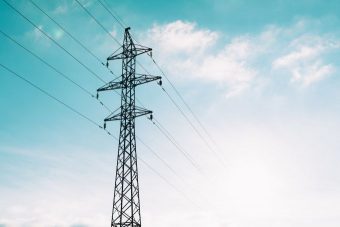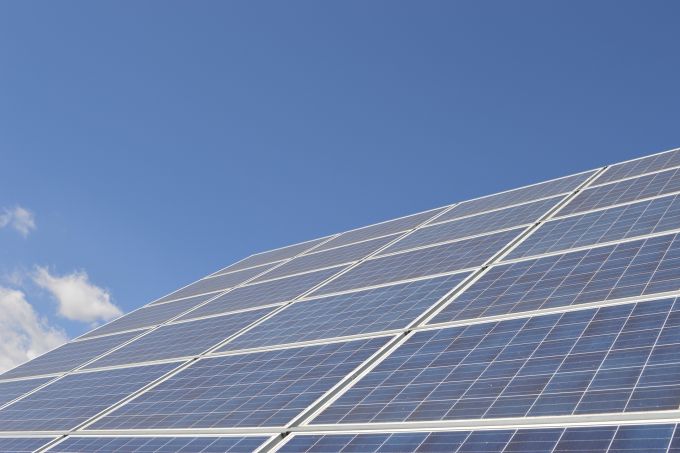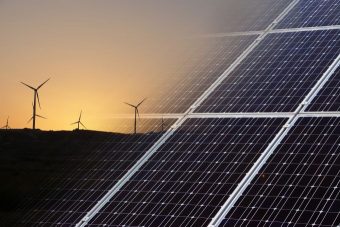
Eurelectric is not just another euphonious name for a trade organization no one has ever heard of. It is the Union of the Electricity Industry for Europe. Its president is Francesco Starace, the CEO of the Italian energy giant Enel. Its vice president is Magnus Hall, CEO of Vattenfall.
Its mandate is to represent the interests of 3,500 electric companies all across the European continent on major issues from electricity generation and markets, to distribution networks, to environmental and sustainability. Its members create more than €200 billion in revenue each year, so when it issues a call for carbon-neutral electricity all across Europe, its words carry a lot of weight with policymakers and government officials.
The members of Eurelectric have unanimously agreed to a Vision Declaration that commits them to an ambitious program of making all electricity generated in Europe carbon neutral by 2050. “Our industry sees a great opportunity on the path towards a progressively decarbonized and fully sustainable European energy future. Electricity is playing a growing role in making this vision happen and Eurelectric is determined to accelerate the energy transition through a progressive electrification of Europe’s energy consumption while making the European power sector carbon-neutral well before mid-century,” says Francesco Starace.
Part of Eurelectric’s mission is to provide clean electricity to power the industries that are largely responsible for carbon emissions today using green electricity in the future.
“Electrification of heating, transport, and industry is a win-win. It comes with higher efficiency and lower CO2 emissions. We should do everything possible to advance electrification with smart regulation,” says Magnus Hall.
Decentralizing the electrical grid and incorporating digital technology will play a large role in meeting Eurelectric’s goals. “The investment required in clean electricity and transition-enabling technologies is huge. This statement reflects our full commitment to invest in innovation, to build new cross-sector business models, and ensure that electricity keeps creating value in decades to come,” said Alistair Philips-Davies, CEO of SSE and vice president of Eurelectric.
It is refreshing to see a regional commitment to clean electricity in Europe. Industry leaders in the US would do well to study the European approach and adjust their thinking accordingly.
Source: cleantechnica.com

